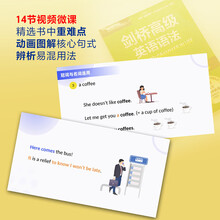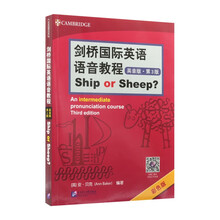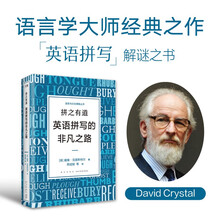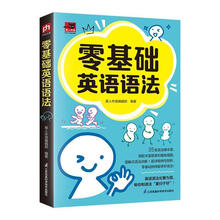Chapter 1 An Introduction to Reading<br>I. New Concepts about Reading<br>II. Some Typical Reading Problems<br>III. How to Solve the Reading Problems<br>Chapter 2 Recognizing Words<br>I. The Structure of English Words<br>II. Recognizing Words through Prefixes<br>III. Recognizing Words through Suffixes<br>IV. Recognizing Words through Stems<br>V. Compound Words<br>VI. Using the Dictionary<br>Chapter 3 Identifying the Meaning through Context<br>I. Definition,Apposition and Examples<br>II. Synonym and Antonym<br>III. Induction and Deduction<br>IV. Transitions<br>Chapter 4 Discovering Main Ideas<br>I. What is "the Main Idea"<br>II. How to Get Main Ideas<br>III. Tips for Getting Main Ideas<br>Chapter 5 Identifying the Patterns of Organization<br>I. Types of Language<br>II. Patterns of Organization<br>III. Mixed Patterns of Organization<br>IV. Analyzing the Organization<br>Chapter 6 Techniques for Speed Reading<br>I. How to Preview<br>II. How to Skim<br>III. How to Scan<br>IV. How to Be an Efficient and Flexible Reader<br>Chapter 7 Techniques for Critical Reading<br>I. The Definition of Critical Reading<br>II. How to Read Critically<br>III. Tips for Active Reading<br>IV. Ways to Make a Summary<br>Chapter 8 Strategies for Taking Tests of Reading<br>I. The Survey of Reading Comprehension Tests<br>II. The Types of Reading Comprehension Questions<br>III. Better Your Test Scores<br>Chapter 9 How to Read Specialized Materials<br>I. How to Read Textbooks<br>II. How to Read Newspapers<br>III. How to Read Business Letters<br>IV. How to Read Charts and Tables<br>V. How to Read Entertainments<br>VI. How to Read Job Ads<br>VII. How to Understand Bank Statements<br>VIII. How to Read Tourist Information<br>References
展开










